TriodeLuvr
Member
I need to remove the rear axles on my Ford 8" so I can replace leaking seals. I haven't done this job before, but all the videos on YouTube show people removing the bolts from the outside, through the access hole. Are the bolts in my car installed backwards?
Jack


Jack












